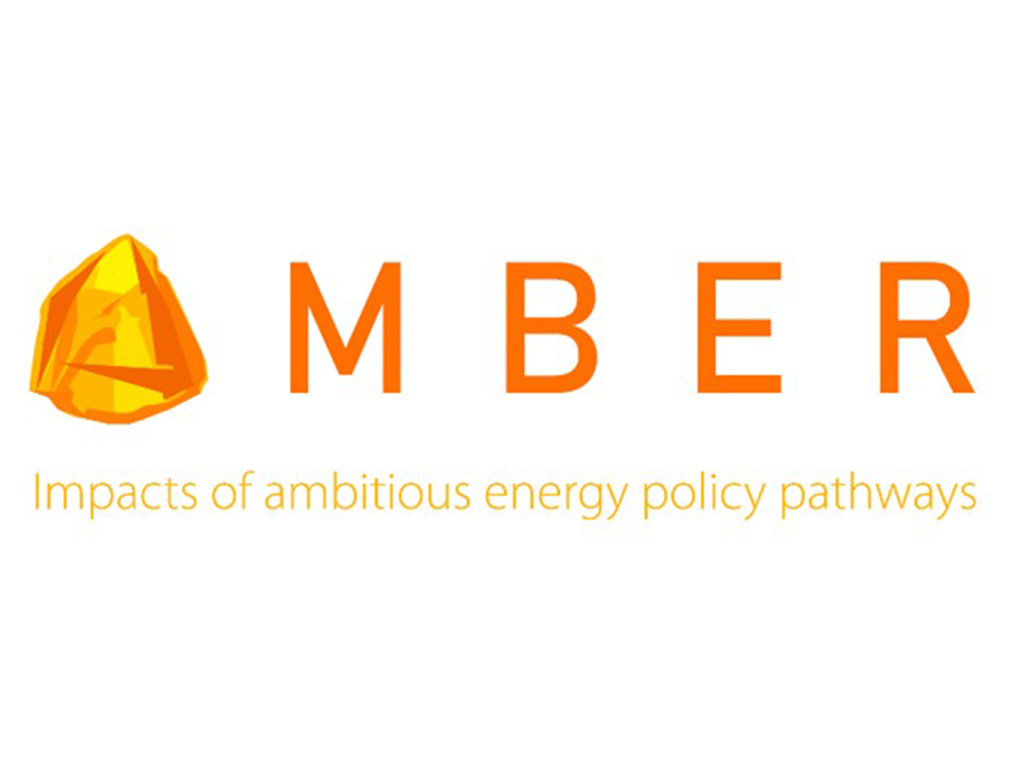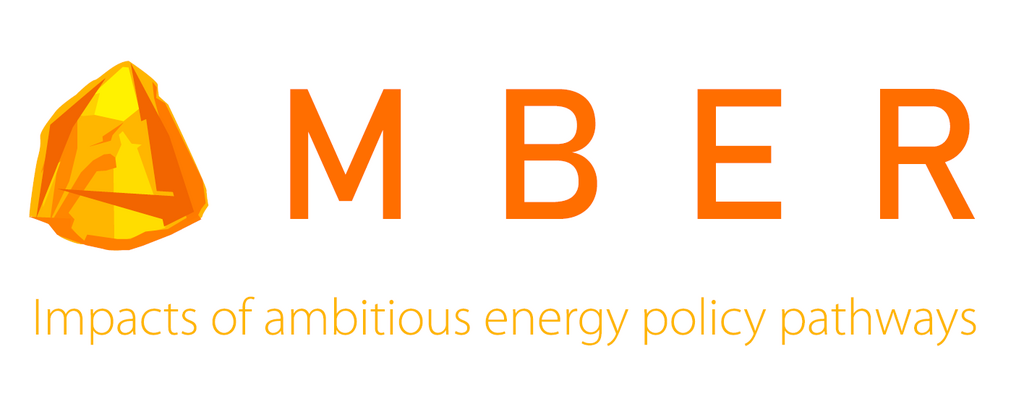
About Amber
Amber project analyses the long-term cost-optimal energy policy pathways for the Baltic countries. The analysis will consider national and EU energy and climate targets, and study cost-effective pathways to meet…
Amber project analyses the long-term cost-optimal energy policy pathways for the Baltic countries. The analysis will consider national and EU energy and climate targets, and study cost-effective pathways to meet those targets. Since the beginning of the project, the aim has shifted from extending pathway horizon until 2050 to a closer investigation of the impacts of the current geopolitical energy situation in 2030 and 2040.

The project will model not just the power sector, but also heating and transport. All these sectors will need to move away from fossil fuels. At the same time, there is lot of wind power and photovoltaic generation being built in the region. How will low availability and/or high prices of natural gas and other imported fossil fuels, high prices of import electricity, and planned Baltic desynchronization from the Russian power grid impact the planned investments and need for flexibility? The modelling approach can consider the impact of resulting hourly variability and it can also capture the interactions between the energy sectors as well as interactions between Baltic, Nordic and Central European energy systems.
In the Amber project, the consortium will continue developing an open data set and tools to represent the Baltic energy systems started in the Nordic Energy Research project FasTen (VTT, LEI, and RTU). The project will improve chosen data gaps and methodological approaches: better representation of the building stock, generation of electric vehicle time series, and wider range of technologies including flexibility and hydrogen. The project will be using an open source energy systems optimization model called Backbone. The project will pay attention to the interactions with the stakeholders. We are aiming to make policy relevant analysis for the Baltic states and discuss with policy makers to ensure we are analysing interesting scenarios. Results will be disseminated in webinars for the Baltic policy makers as well as European energy system modellers.

